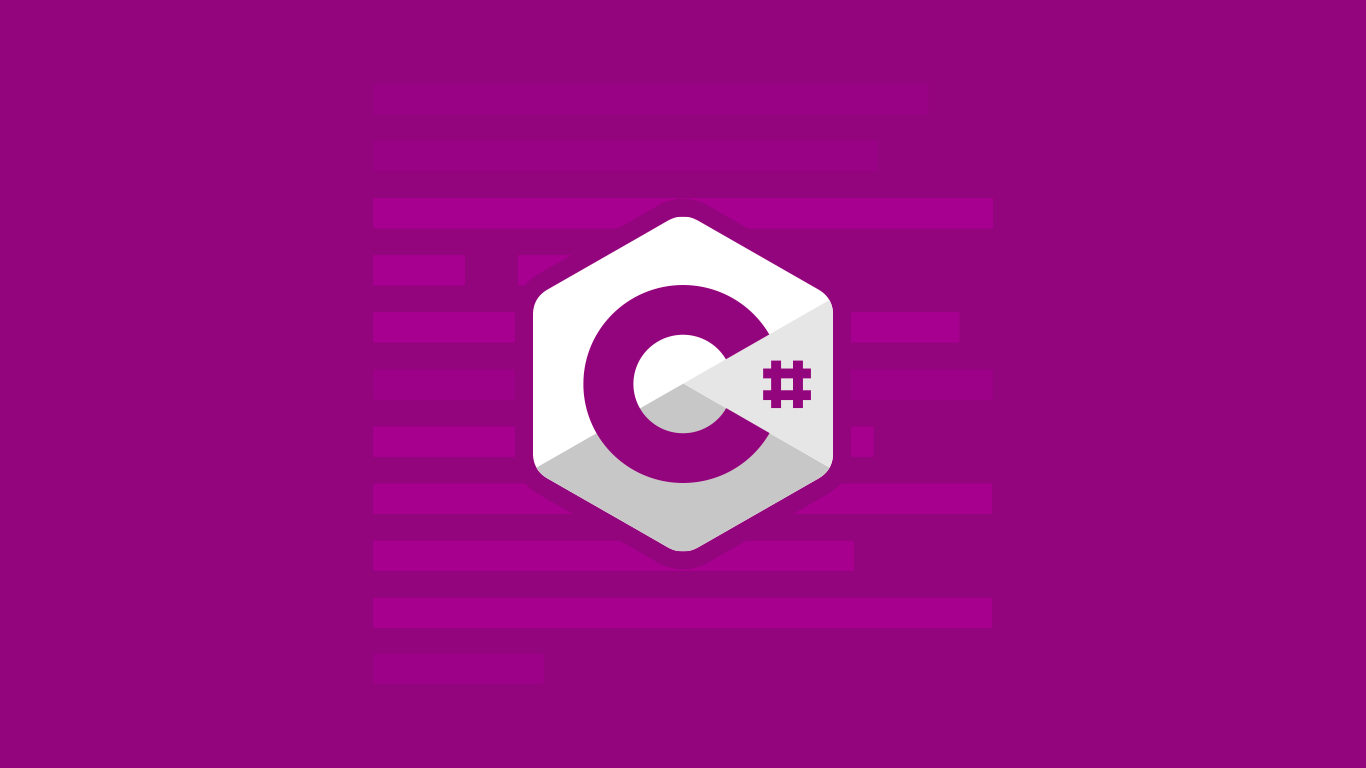
C#
This tutorial is designed for people who are completely unfamiliar with programming, but are able to download, install and run the program – in this case, Visual Studio 2010 (2008,2012). In the first part, I’ll briefly cover the basics of the C # language. The format of the tutorial implies a short and simplified presentation – for details on individual functions and classes, please contact Google and msdn, for advanced programming techniques in advanced books. In principle, almost all information can be found on the Internet, you just need to know what to look for, so unlike classic books for several hundred pages, I will give the basis, knowing which you can already formulate a search query – in no section I deliberately give complete and comprehensive information, its place in the documentation. It is highly desirable to know English at least at the level of reading with a dictionary – there is an order of magnitude more information on the English-speaking Internet, incredibly useful sites like StackOverflow have no counterparts, and forums and discussions most often resemble a famous anecdote (by an American forum, you can safely understand English-speaking with Germans, Indians and Brazilians):
Modern programming languages in general and C # in particular hide many low-level features of the operation of computers, so a beginner does not need to understand in detail the features of the processor registers and the like (99% of programmers, too). But there are some things to keep in mind.
What is a programming language? It is a language that a computer understands. (Your Captain Obvious) But the computer really only understands zeros and ones. So any modern programming language is actually intermediate – after you write a program, it is translated into the real computer language – compiled. Thus, we first write a program in a programming language in a plain text file, then we compile it into a binary computer language.
In this regard, C # is even more difficult – first, your C # program is translated into a special intermediate language – bytecode, after which this intermediate language is translated into binary code. The intermediate language is designed for a special set of middleware that must be installed on a computer before running a program in C # – .Net Framework.
We write the code in C # in a plain text fileCompile the program into bytecode using the C # compiler (1 and 2 can be done without Visual Studio, for example, type the source text in Notepad and compile via the command line)Run the resulting program on a computer where the .Net Framework of the corresponding version is already installed), which translates the program into binary code and actually launches it, giving access to the computer. (accordingly, on a computer without Net Framework, the program will not start at all).
